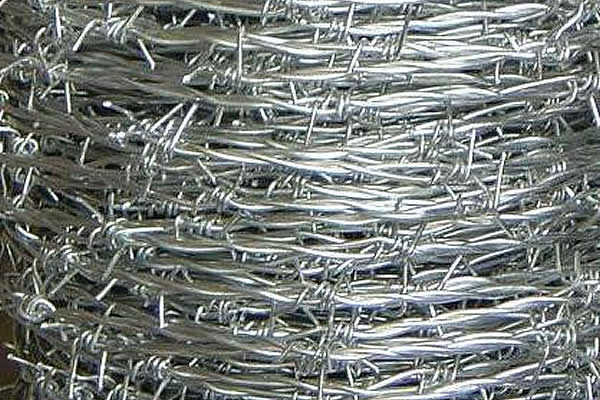Understanding the Factors Influencing Chain Link Fence Cost

Selecting the right type of fence is crucial for homeowners and businesses alike who seek security without compromising aesthetics.
One popular choice is the chain link fence, known for its cost-effectiveness and durability. However, understanding the nuanced factors that contribute to its overall cost can provide consumers with the clarity needed to make informed decisions.
First and foremost, the material quality of the chain link significantly impacts its price. Galvanized steel is the most common and affordable option, offering a balance between longevity and cost. Those seeking enhanced durability may opt for vinyl-coated or stainless steel variations, although these come with a higher initial expense. The choice of material not only affects the durability and appearance of the fence but also influences long-term maintenance costs.

The height and gauge of the fence wire are additional determinants. Standard residential fences might stand at four to six feet tall with a gauge of 11. For commercial purposes, taller and thicker gauges are often preferred, ensuring additional security, but these specifications naturally incur higher costs. Ensuring the correct gauge and height in accordance with your security needs can optimize both budget and functionality.
Installation is another significant factor contributing to costs. DIY enthusiasts might consider installing the fence themselves to save money, but professional installation ensures precision and durability, often backed by warranties. Hiring experienced professionals might seem costly upfront; however, it minimizes the likelihood of errors that could lead to further expenses down the line. Therefore, weighing the benefits of professional installation against DIY efforts is crucial.
chain link fence cost
Geographical location can also influence pricing. Urban areas, where labor and material transportation may be higher, often experience greater installation costs. Additionally, local zoning laws and regulations can affect the expense. In regions where specific permits or adherence to particular codes are required, costs can quickly escalate. Therefore, understanding local requirements before commencing installation is essential to avoid unforeseen expenditures.
Adding enhancements or features to your chain link fence, such as privacy slats, wind screens, or barbed wire, can provide additional benefits but at an increased cost. While these options enhance functionality and security, they should align with your primary objectives and budget constraints to ensure cost-efficiency.
Labor costs associated with customizations or challenging installation environments, like uneven terrain or obstacles, may increase the overall expenditure. Each modification requires additional time, resources, and sometimes specialized equipment or skills, thus elevating the price. Selecting a straightforward design and preparing the site beforehand can mitigate these added expenses.
Long-term value is an essential consideration when evaluating chain link fence cost. Despite potential higher initial expenses for premium materials or professional installation, the reduced need for maintenance and replacements provides excellent return on investment. Evaluating cost against lifespan and future savings offers a realistic view of the fence's economic impact.
In conclusion, the cost of a chain link fence is influenced by multiple factors including material selection, height and gauge specifications, installation preferences, geographical location, and potential customizations. By carefully considering each aspect, consumers can achieve a harmonious balance between initial expenses and long-term benefits, ensuring a satisfactory and financially sound fencing solution.
 TEL:
+86-13102802206
TEL:
+86-13102802206
 Email:
fencenetting@china.com
Email:
fencenetting@china.com
 Language
Language
 TEL:
+86-13102802206
TEL:
+86-13102802206
 Email:
fencenetting@china.com
Email:
fencenetting@china.com
 Language
Language



